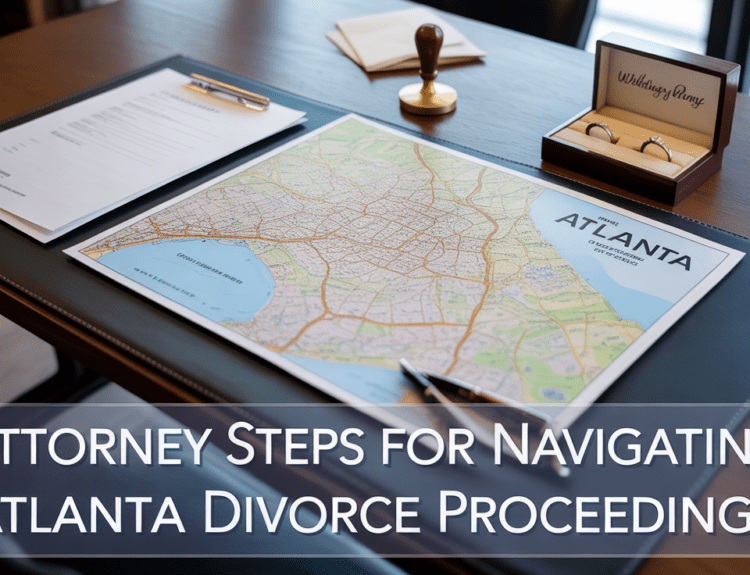Wrongful death in Oklahoma happens when someone dies because of another person’s carelessness, recklessness, or intentional actions. Normally, this would’ve been a personal injury case, except the person who was harmed didn’t survive the incident. In these cases, the law allows a personal representative, often a spouse, child, or parent, to file the lawsuit on behalf of the deceased person’s estate.
This isn’t just about medical bills or funeral costs. Oklahoma law allows surviving family members to seek compensation for emotional pain, loss of companionship, and even the lost earning potential of their loved one. The lawsuit is handled in civil court, and if successful, it can ease the financial burden left behind and help the family move forward.
Nothing about this procedure is easy. But with the help of local OKC wrongful death attorneys, families here in Oklahoma City have a path forward. Let’s break down everything you’ll need to prove in a wrongful death claim, step by step.
Contents
The Four Elements You Must Prove
To win a wrongful death case, your attorney will need to prove four critical elements:
Duty of Care
This means showing that the other party had a responsibility to keep your loved one safe. For example, a driver must obey traffic laws. A doctor must follow medical standards. This element sets the foundation, without duty, there’s no case.
Breach of Duty
Next, you’ll need to show that the person failed to live up to that responsibility. Did the driver run a red light? Did the doctor misdiagnose something serious? This breach is the act that starts the chain of harm.
Causation
This is where things get tricky. It’s not enough that someone made a mistake—you have to show that their mistake directly caused your loved one’s death. Your attorney might rely on expert witnesses, medical records, accident reports, and other hard evidence to prove this connection.
Damages
Finally, you’ll need to prove that the death caused real, measurable harm to the surviving family. This includes everything from funeral and medical costs to grief, loss of income, and emotional pain.
What Kind of Evidence Will You Need?
Evidence is the backbone of a wrongful death case. You’ll need documents and testimony that show:
- Medical bills and the cause of death
- The victim’s earning potential and job history
- Police reports, accident reconstructions, or witness statements
- Proof of emotional and financial impact on the family
- Death certificate and medical examiner’s findings
You don’t have to gather this alone. An experienced attorney will help you collect and preserve all of this, ensuring nothing critical is missed.
Who Can File the Claim?
Not just anyone can bring a wrongful death lawsuit in Oklahoma. Usually, it must be the spouse, children, or parents of the deceased, or a personal representative appointed to act on behalf of the estate. If you’re unsure about your eligibility, a qualified attorney can help sort this out quickly.
Understanding Pecuniary Loss
Pecuniary loss refers to the financial impact of the death. In Oklahoma, the court considers factors like the victim’s age, health before the accident, and income level.
Financial professionals may be brought in to calculate exactly how much income the deceased would’ve earned over their lifetime. These numbers help shape the amount of compensation that might be awarded.
The Statute of Limitations
Here’s a crucial detail: You have two years from the date of death to file a wrongful death claim in Oklahoma. This is known as the statute of limitations. Miss that deadline, and the court may not hear your case.
However, there are exceptions. For example, if the death was caused by medical malpractice, the timeline might start from when the negligence was discovered. In such complex situations, especially involving hospital errors or delayed diagnoses, consulting a Wrongful Death Medical Malpractice Lawyer in Connecticut can help clarify your legal options and ensure that no deadlines are missed.
In some cases, the timeline could be paused if the estate hasn’t yet been probated. But don’t leave this to chance. Time matters here.




